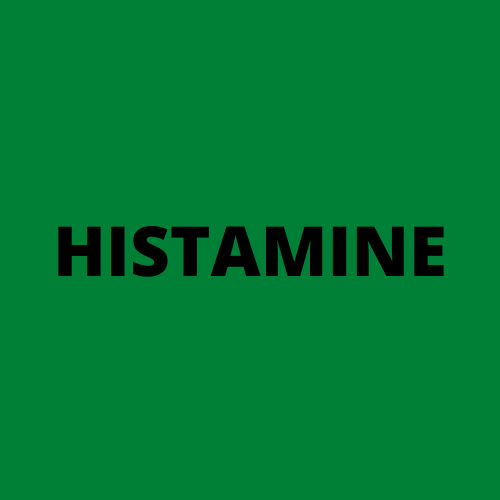APPLE ALLERGY
Key Allergens
87% of people suffering from this allergy are thought to be sensitised to the protein Mal d 1, this is a Bet v 1 protein. These proteins are panallergens which cause oral allergy type symptoms.
Apples also contain Lipid Transfer Proteins, which are considered to be panallergens - if allergic to this particular allergen you may have reactions to other foods containing LTPs.
They also contain profilin proteins, these are plant panallergens, proteins which have the potential to cause allergies across large groups of seemingly unrelated foods.
There is also a thaumatin-like protein, this is made by plants to inhibit fungal growth.
Apple cider vinegar is highly processed. Intolerance or allergy to vinegar is most likely a histamine sensitivity, a salicylate sensitivity or an intolerance to sulphites.
Food Intolerances



Apples are a low
The amount of salicylates in apples depend on the variety. Some apples are low in salicylates and others are high. Salicylates have the potential to cause worsening of asthma, swelling, itching and hives as well as food intolerance symptoms in people who are sensitive to salicylates.
Apples are a high FODMAP food. FODMAP stands for Fermentable oligosaccharides, disaccharides, monosaccharides and polyols. Foods high in FODMAPs can cause symptoms of food intolerance, affecting the gastro intestinal system and this can be mistaken for a true IgE food allergy.
You can read more about Food Intolerances on the dedicated Food Intolerance Page.
Associated Syndromes
You may have LTP Syndrome if you react to multiple foods in the cross reactivity section.
Allergy to apple is sometimes linked to Celery-Mugwort-Spice Syndrome as the sensitising allergen is a profilin protein called Art v 4, these proteins are also sometimes also called Bet v 2 proteins.
There is a link between apple and Latex Food Syndrome. The plant involved in latex allergy Hevea brasiliensis, the rubber tree plant, has an allergen called Hev b 8 which is a profilin protein. Those very sensitised to latex may have a contact allergic reaction from other foods or plants containing profilin proteins, there is less evidence of this than sensitisation to other latex linked proteins like hevein and chitinases.
Cross Reactivity
If sensitised to LTP proteins you may also react to kiwi, strawberries, sunflower seeds, walnut, apple, mulberry, banana, pea, apricot, cherry, plum, almond, peach pomegranate, raspberry, tomato, grape, celery, peanut, asparagus, cabbage, broccoli, chestnut, lemon, tangerine, orange, hazelnut, lettuce, lentils, lupin, green bean, pear, mustard, wheat and maize.
Apple is broadly linked to other fruit profilin allergies. Allergy to celery, peanut, lychee, soyabeans, walnut, lupin, almonds, mustard, hazelnut, kiwi, pineapple, chilli, melon, orange, strawberry, apple, banana, aubergine (eggplant), peach, pear, tomato, dates, cherry, carrot, barley and wheat. Allergic reactions to some of these foods may be considered a marker of profilin hypersensitivity.
Other foods containing thaumatin proteins are kiwi, chilli, peppers, apple, banana, cherry and peach.
Note that these food lists are not exhaustive. The most up to date lists of food can be found on the Cross Reactivity Tool page.
Resources
Websites
Thermofisher - Apple Allergens
Allergy information for: Apple (Malus domestica)
Allergy UK - Oral Allergy Syndrome Factsheet
Patient (UK) - Oral Allergy Syndrome
Histamine Food Intolerance List
ATP Science - Salicylate Food List
Articles and Journals
Allergy to Thaumatin-like Proteins—What Do We Know? 2025
Profiles of apple allergen components and its diagnostic value in Northern China, 2024
Lipid transfer protein syndrome in a Northern European patient: An unusual case report, 2023
Oral birch pollen immunotherapy with apples: Results of a phase II clinical pilot study, 2021
Restriction polymorphism of Mal d 1 allergen promotor in apple varieties, 2021
Possibilities of Interlinking the Genomic Data and Allergenic Potential of Apples, 2019
The EuroPrevall outpatient clinic study on food allergy: Background and methodology, 2015